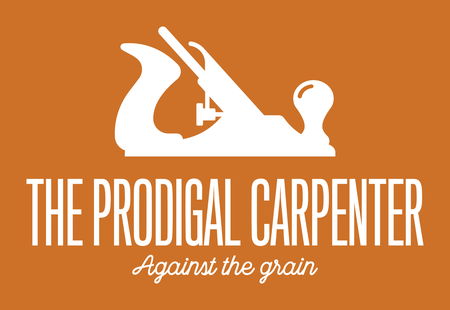One of the alternatives we offer to our “end grain” cutting boards is a slightly less expensive but equally durable “edge grain” board. As the term indicates, these boards use a different portion of the wood (edge) for your cutting surface. Although these boards do not possess the same qualities of end grain they do offer some distinct advantages.
First you get a far different grain pattern from the edge of a piece of wood than you do from the end. (Below notice end grain top left, edge grain middle and lower left)
Second, because less of the wood “fibers” are exposed, edge grain boards tend to hold their color longer than end grain. This can be particularly rewarding when choosing a board with stunning colors such as Padauk and Purpleheart. Finally, edge grain boards provide a slightly harder surface than their companions. Typically butcher block countertops are made from either the edge or the face of a particular piece of wood.
Why are these edge grain boards less expensive? The basic answer is that it costs less for us to make so we reflect that benefit to our customers. Endgrain boards take longer to make, are much harder on saw blades, and use more wood.
The flip side however is that since there are less cuts and glue ups in preparing an edge grain board, there is less waste. We can also make edge grain boards much thinner than their counterpart while maintaining the board’s strength. Thinner, lighter cutting boards provide an advantage to any chef who wants a board they can grab with one hand and quickly put to use.
By the way; we use the same high quality FAS (First and Seconds) hardwoods for both of our cutting board options and we stand by our products. We even offer free resurfacing (sanding/finishing) to any of our cutting boards, requiring the customer to provide only the shipping fees or arrange to have the board dropped off and picked up.
As with any choice I always like to know the preference of the one creating the product, so I’ll offer mine. When it comes to cutting boards I prefer end grain boards for 2 reasons.
First, endgrain allows me more opportunities to make unique patterns and designs (like our previously pictured 3D Diamond boards or “Tuxedo” board below).
Second, I enjoy the challenge involved in the end grain process and the particular qualities of them. (my wife has one of my early ones she uses almost daily).
Regardless of your choice our boards have proven to offer years of service with only periodic maintenance, giving the user a functional piece of artisan beauty. We like to say our boards are “Beautifully Crafted yet Inherently Durable”.









Leave a comment